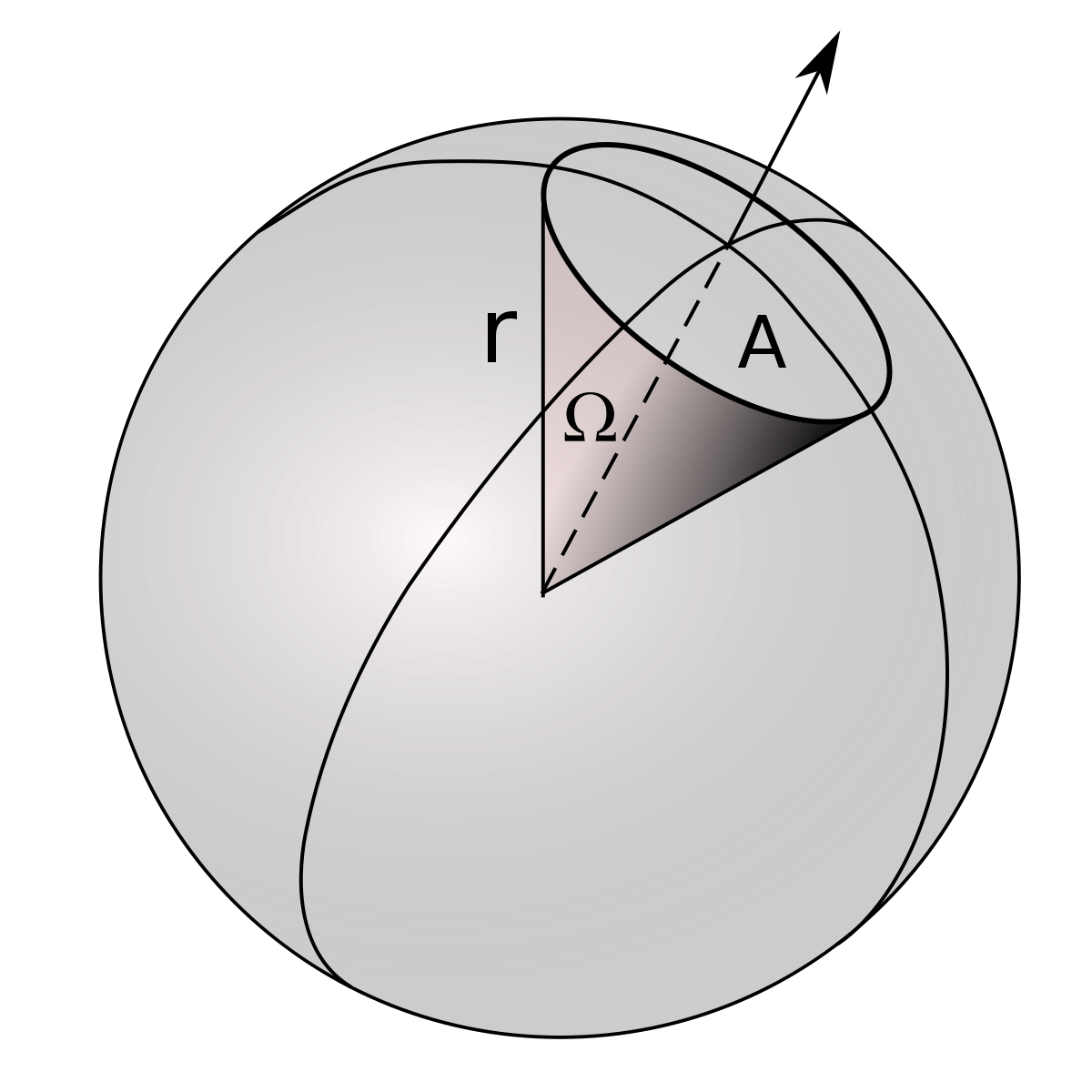In this case light behaves like a wave so it follows the inverse square law, and for our purposes exists in two dimensions (amount of canopy covered).
View attachment 1346855
In other words, light is intense when close to the plant but rapidly (logarithmically) loses intensity with distance.
View attachment 1346845 LEDs more or less have a linear efficiency of ~800 lumens per watt. Double the wattage and you get twice the lumens. This means we're only dealing with one dimension.
The plot you ponder would be linear if one of the axes were logarithmic, i.e. instead of 1,2,3,4 it goes 3.5, 10, 35, 100. Otherwise it would look similar to the above.






